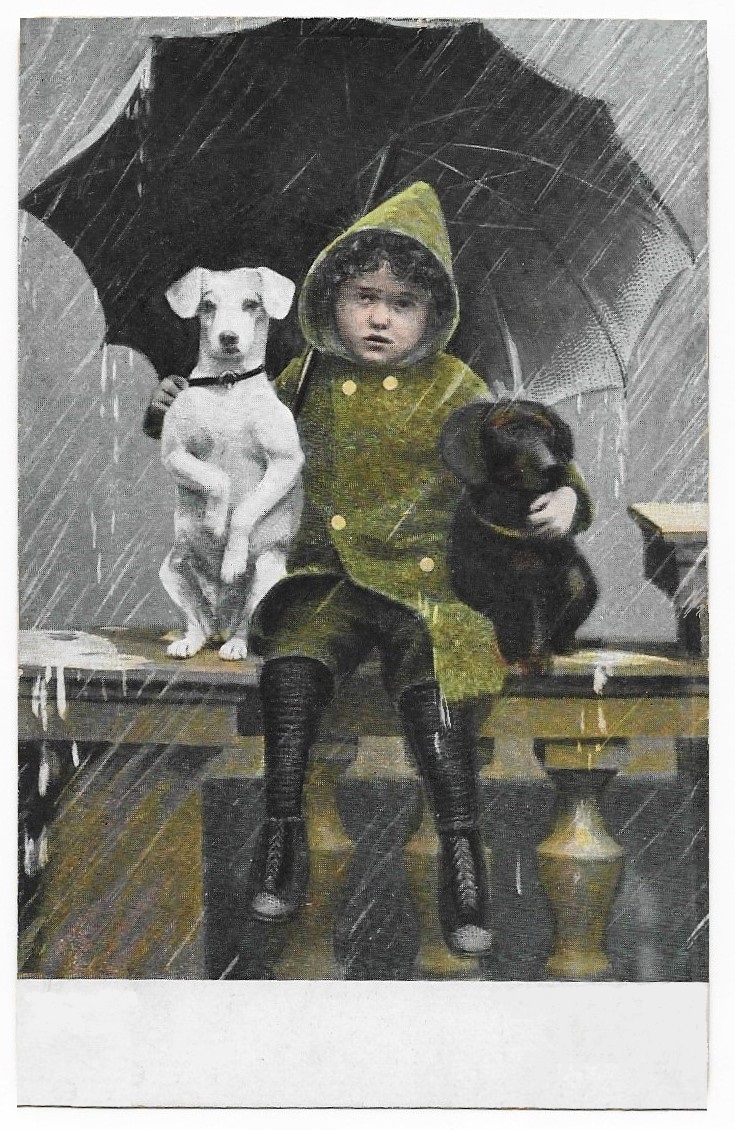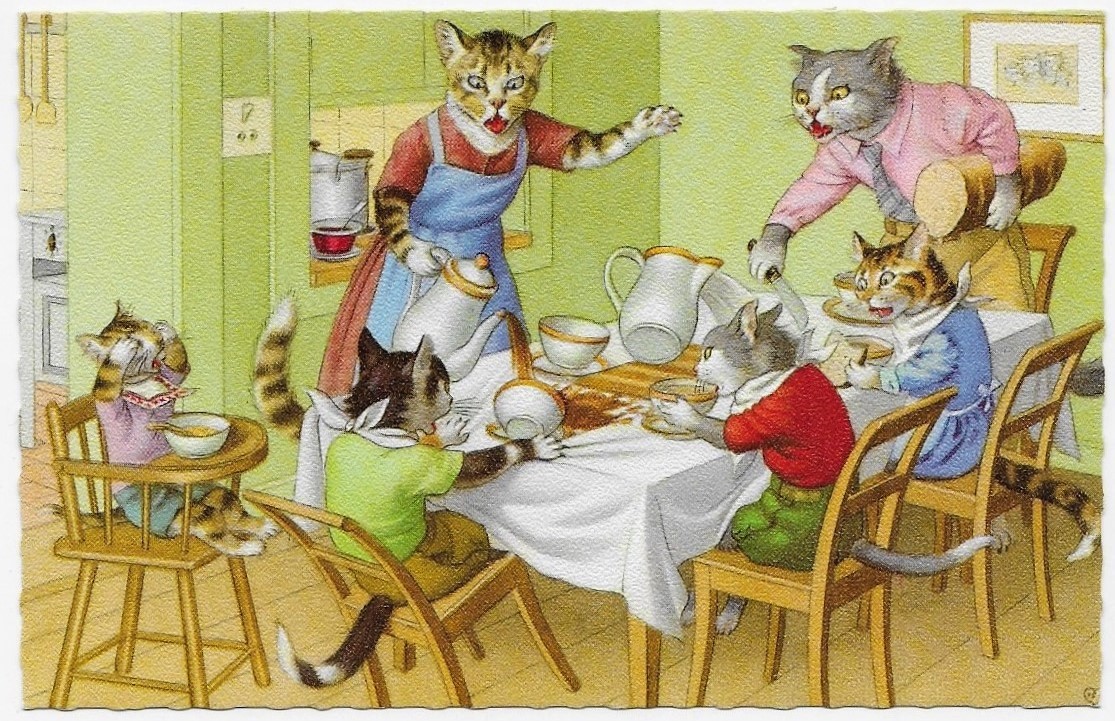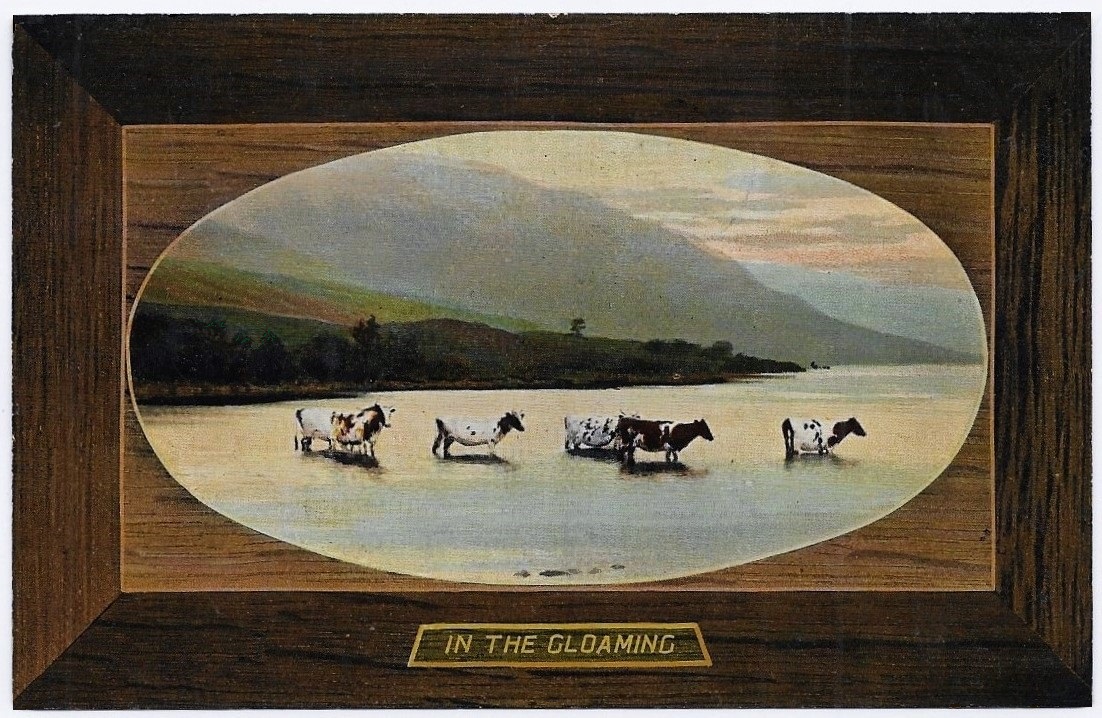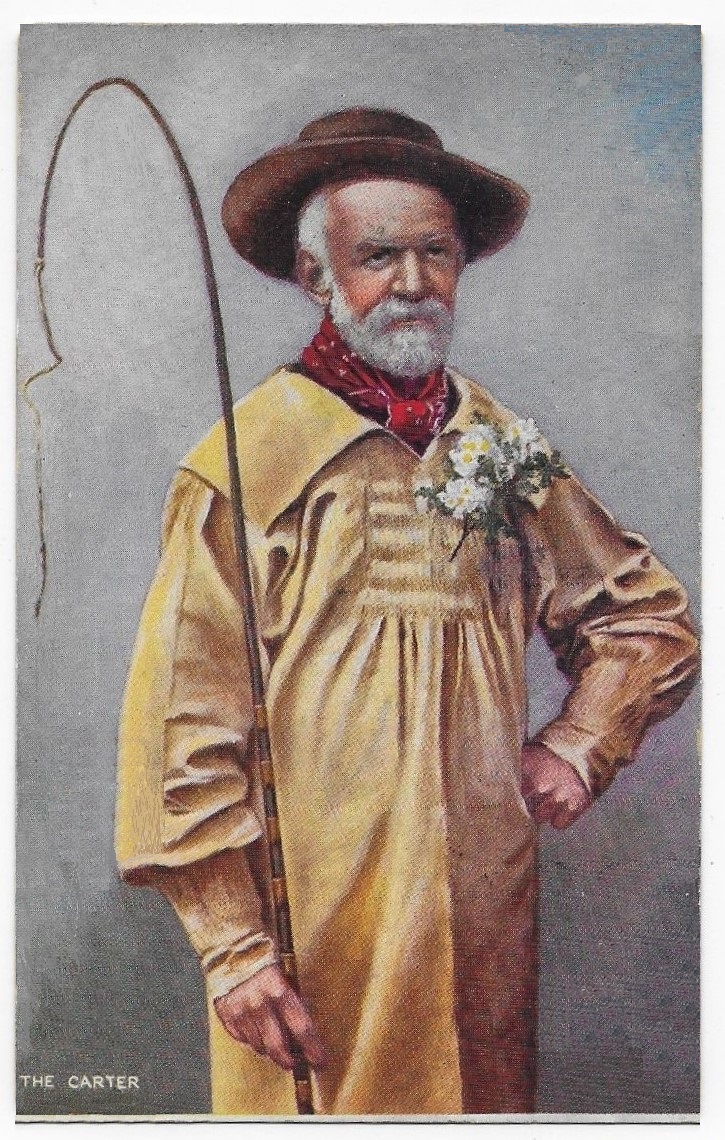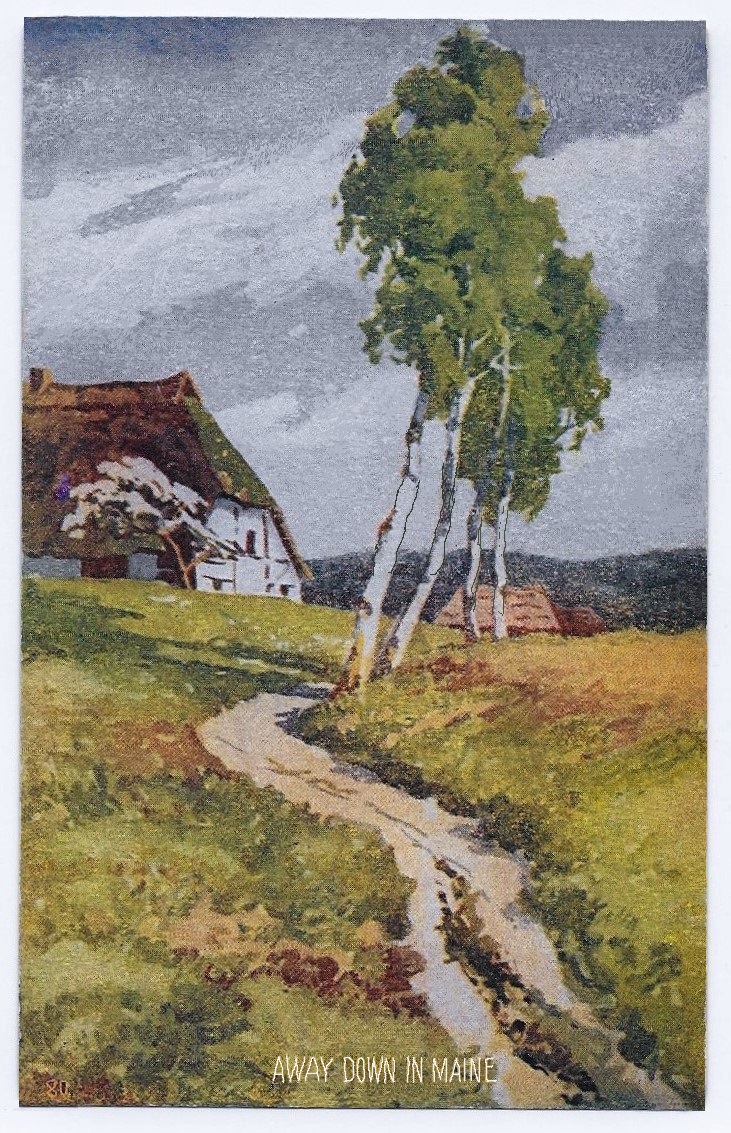
Postcard Art
A Picture's Worth A Thousand Words.
Postcard production was one of the first and largest markets to be dominated by international companies.
Although millions of postcards were published by postcard companies in the United States, the vast majority of postcards were printed in Europe.
The largest postcard companies had branches in an American city, especially New York City, and in a European city, often Dresden, Leipzig, or Frankfurt.
Printing, both the design of machinery and the skill or craftsmanship was of a higher quality in many parts of Europe, especially in Germany and Great Britain, than in the United States. A major advantage of the German printers was the development and patenting of fast-drying inks that made possible the rapid printing of multi-colored postcards.
In the early years of the twentieth century, the average postcard from Germany is considerably more detailed, better-colored, and of a superior design than the average postcard printed in the United States.
Consequently, the vast majority of postcards mailed between 1900 and the advent of World War One were printed abroad.
Postcard companies often competed in niche markets, such as hand-colored photographs of art masterpieces, highly-detailed landscapes, illustrations of native dress or customs, and historical landmarks.
Many postcard companies employed hundreds of illustrators; many of these artists were anonymous, but some were so proficient or highly-desired that their postcard art was signed.
Postcard fashions waxed and waned over the years. These fashions included embossed postcards, the application of gilding or glitter to postcard scenes, and postcards with layers that permitted “windows” on the face of the postcard or tabs that could be opened.
Embossing, the creation of raised surfaces on the face of the postcard required preparation of the paper and specialized printing presses. The embossed postcard afforded an opportunity to create a design of real depth. The raised areas were sometimes filled with paste, so that the postcards also had considerable weight.
Gilding, the application of sparkling adornment to details of the design or the lettering, was not commonly found in photographs. Gilt lettering, and gilded threads within complicated decorative borders, was more common. Sometimes gilt threads appear in the sumptuous dress of figures in postcard illustrations.
Glitter was often applied to hand-made postcards; the name of the recipient or the place of origin might be outlined in silvery flakes of glitter. Commercial postcards can also be found in which glitter is used to dramatic effect – the outline the lines of buildings, the curves of roads, or the furrows of a field, for example. Glitter appears most commonly on Christmas postcards or other winter greetings where the image of snow is made to shimmer.
Perhaps it is because postcards of the early 20 th century were ubiquitous and in plentiful supply that they are sometimes neglected in the history of printing.
Nevertheless, some of the best examples of the printers’ craft can be found on postcards.
